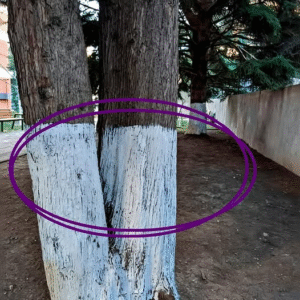Why Is Toilet Paper Always White? My 5-Year-Old Sparked a Deep Dive into This Everyday Mystery
As a parent, I’ve learned to expect the unexpected.
But nothing prepared me for the day my 5-year-old looked up at me and asked,
“Why is toilet paper always white?”
At first, I laughed. Then, I realized—I didn’t have an answer.
That simple question led us down a surprisingly fascinating rabbit hole. We explored history, science, psychology, and even economics—all wrapped around something we use every day and rarely think about.
Kids Notice What Adults Overlook
Children are naturally curious.
They question everything, especially things that seem “normal” to us.
To my son, toilet paper’s whiteness felt odd in a world full of color.
Why wasn’t it pink, blue, or patterned like his storybooks?
This moment reminded me that childhood curiosity is a gift.
It encourages us to revisit the familiar with fresh eyes.
A Colorful Past: Toilet Paper Wasn’t Always White
Surprisingly, toilet paper hasn’t always been white.
In the early 1900s, you could find rolls in pastel pinks, light blues, and even decorative prints.
But over time, white became the norm.
Why the shift?
Consumer preferences changed. White started to symbolize cleanliness.
Manufacturers also realized it was easier and cheaper to produce.
How Manufacturing Keeps It White
Toilet paper goes through pulping, bleaching, and pressing.
Bleaching plays a key role—it removes impurities and softens the paper.
It’s not just about looks. It’s also about hygiene and consistency.
With white paper, manufacturers meet cleanliness standards and create a uniform product consumers trust.
The Psychology Behind the Color Choice
White equals clean.
That’s what people associate with purity, freshness, and sterility—especially in bathrooms.
From a marketing perspective, white feels neutral and safe.
It complements any bathroom decor and doesn’t clash with tiles, towels, or paint colors.
What About the Environment?
Bleaching might sound harsh, but it has an upside.
It enables the use of recycled fibers.
White toilet paper also simplifies production, which reduces costs and energy use in the long run.
Sticking to one color cuts down on separate dye processes, which can involve additional chemicals.
Are There Alternatives?
Yes—but they’re rare.
Some brands offer colored or patterned toilet paper for those seeking variety or nostalgia.
However, these options cost more and raise concerns about added dyes and skin sensitivity.
That’s why most households still stick with basic white.
The Final Wipe: A Question Worth Asking
What started as a child’s curious question turned into a mini research project for us both.
We learned how something as simple as toilet paper has deep roots in history, manufacturing, psychology, and sustainability.
More importantly, I was reminded how meaningful it is to follow our children’s curiosity.
Sometimes, their “silly” questions aren’t silly at all.
They’re gateways to discovery—for both of us.





